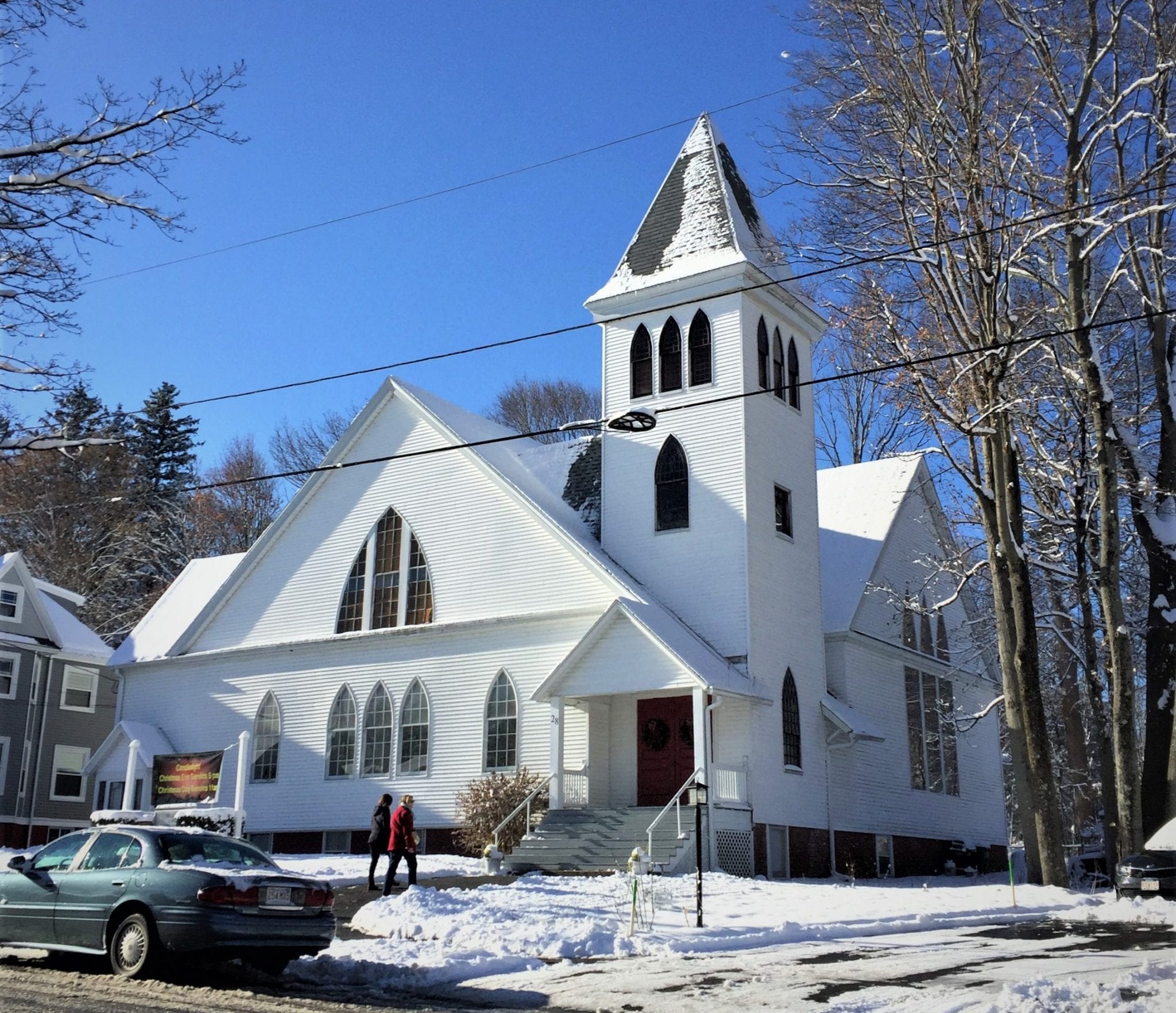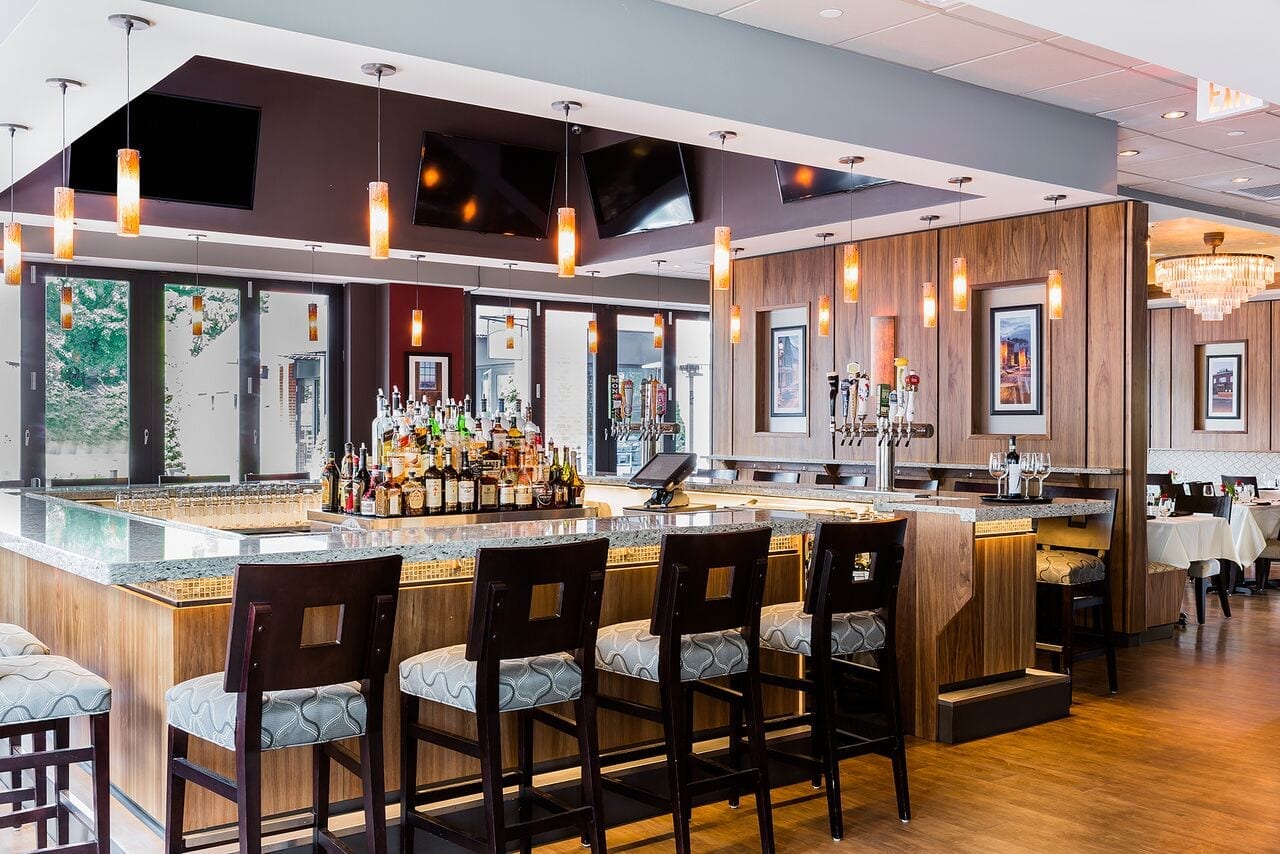On episode 59 of The Edge of Innovation, we’re talking with Adriel Desautels, founder and CEO of Netragard, about hacking and cybersecurity!

Hacking the Future of Business!

On episode 59 of The Edge of Innovation, we’re talking with Adriel Desautels, founder and CEO of Netragard, about hacking and cybersecurity!

On episode 58 of The Edge of Innovation, we are exploring Christianity and who God is with Pastor Paul Buckley of King of Grace Church.

On episode 57 of The Edge of Innovation, we are exploring Christianity with Pastor Paul Buckley of King of Grace Church.

On episode 56 of The Edge of Innovation, we are talking with Pastor Paul Buckley of King of Grace Church in Haverhill, Massachusetts.

On this episode of The Edge of Innovation, we are talking with interior designer, Amanda Greaves of Amanda Greaves and Company, about what it takes to be an interior designer.